
Soil Health & Fertilization
We unite suppliers and green industry professionals worldwide
One of the most enchanting plants of the world, the vanilla bean is the source of true vanilla flavor. Compared to most household herbs and flowers, vanilla has an extensive history of cultural importance, culinary prestige, and botanical mystery.
By Mariam Scott
|Published on September 25, 2025
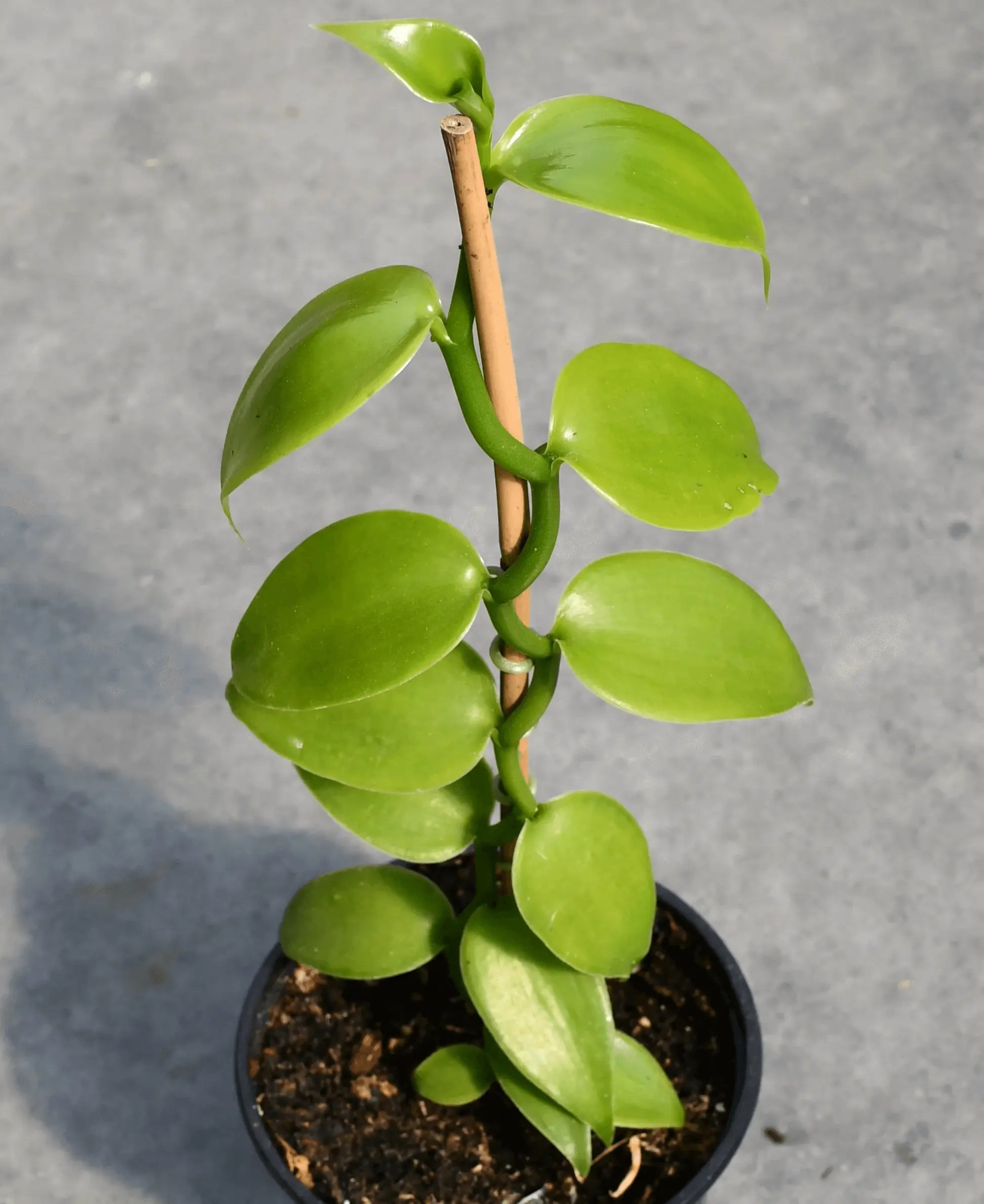

One of the most treasured and enchanting plants of the world, the vanilla bean ( Vanilla planifolia ) is the source of true vanilla flavor. Compared to most household herbs and flowers, vanilla has an extensive history of cultural importance, culinary prestige, and botanical mystery.
Although most gardeners think of vanilla in the context of baking and sweets, the plant itself is an interesting climbing orchid that can add aesthetic and practical value to a garden or greenhouse. Growing it takes a lot of time and effort, but the payoff is the aromatic pods and satisfaction in raising one of the most recognizable flavors in the world.
| Scientific Name | Vanilla planifolia |
| Common Names | Vanilla Bean, Vanilla Orchid, Flat-leaved Vanilla |
| Family | Orchidaceae (Orchid family) |
| Genus | Vanilla |
| Species | V. planifolia |
| Cultivars | Best known as varieties like Bourbon Vanilla (from Madagascar and Réunion) and Tahitian Vanilla (Vanilla tahitensis), which has a fruity, cherry-like flavor. |

September 25, 2025
9 minute read
September 24, 2025
9 minute read
September 23, 2025
10 minute read
September 22, 2025
9 minute read


Join as a seller and connect with thousands of B2B buyers nationwide!
Sign Up
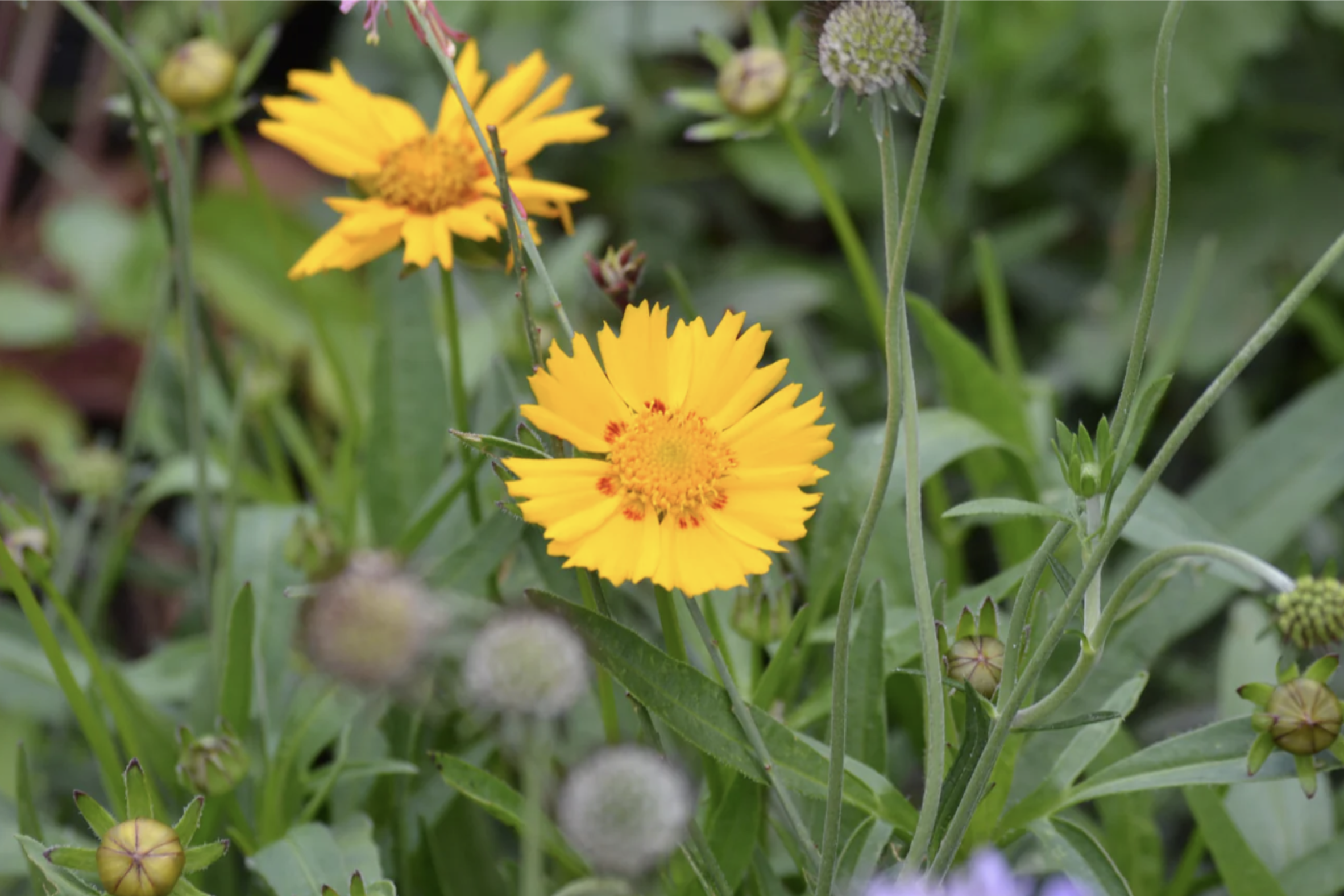
Lanceleaf Coreopsis
Lanceleaf coreopsis (Coreopsis lanceolata) is a friendly, robust perennial wildflower. It burns with yellow-gold flowers.
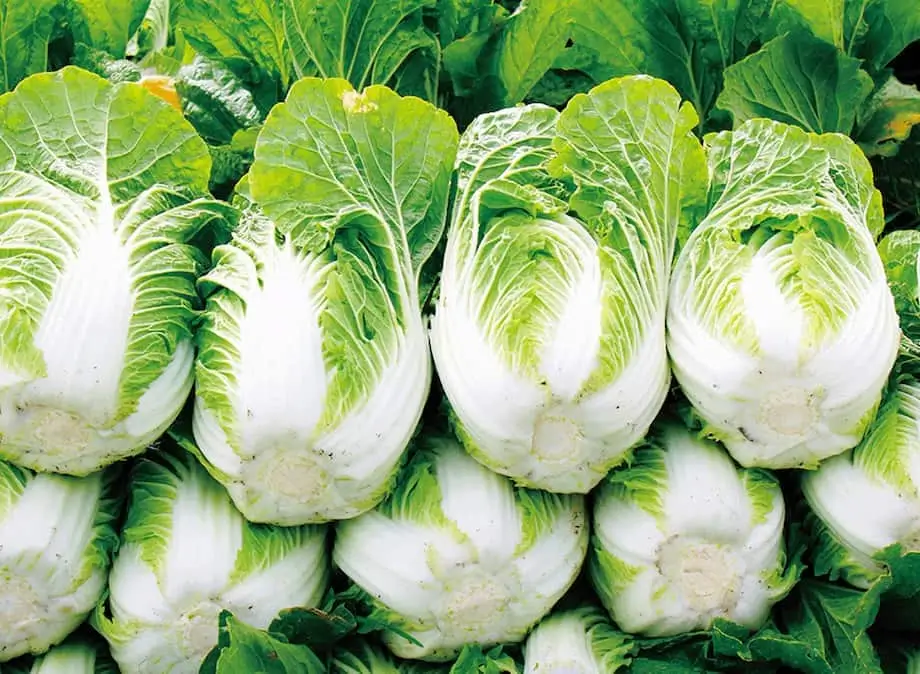
Napa Cabbage
Napa Cabbage (Brassica rapa subsp. pekinensis)is a leafy vegetable that has found its way into world kitchens and gardens.
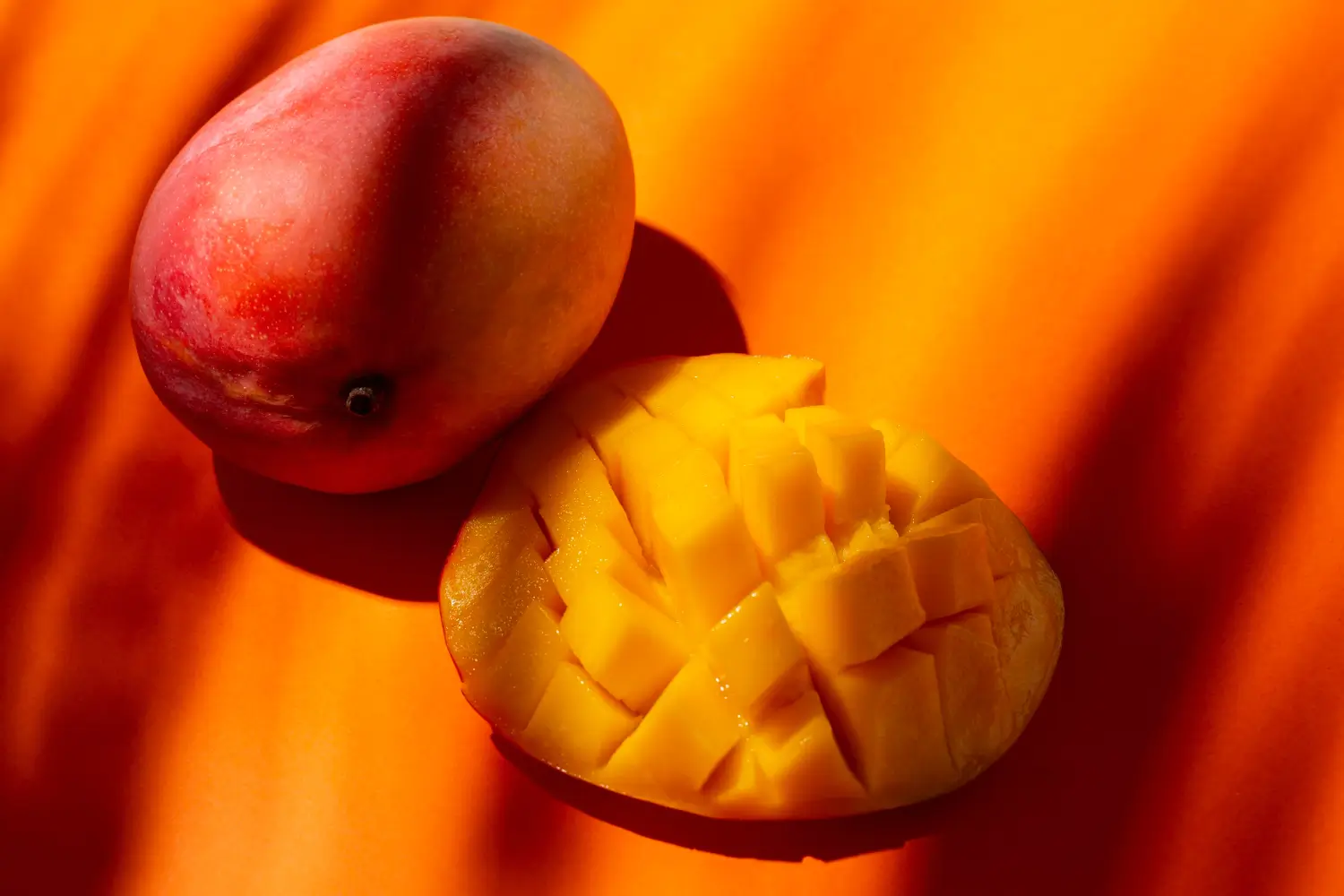
Mango
Mango (Mangifera indica) is a classy fruit, commonly regarded as the King of Fruits, perhaps due to its unmatched taste, smell, and cultural significance.
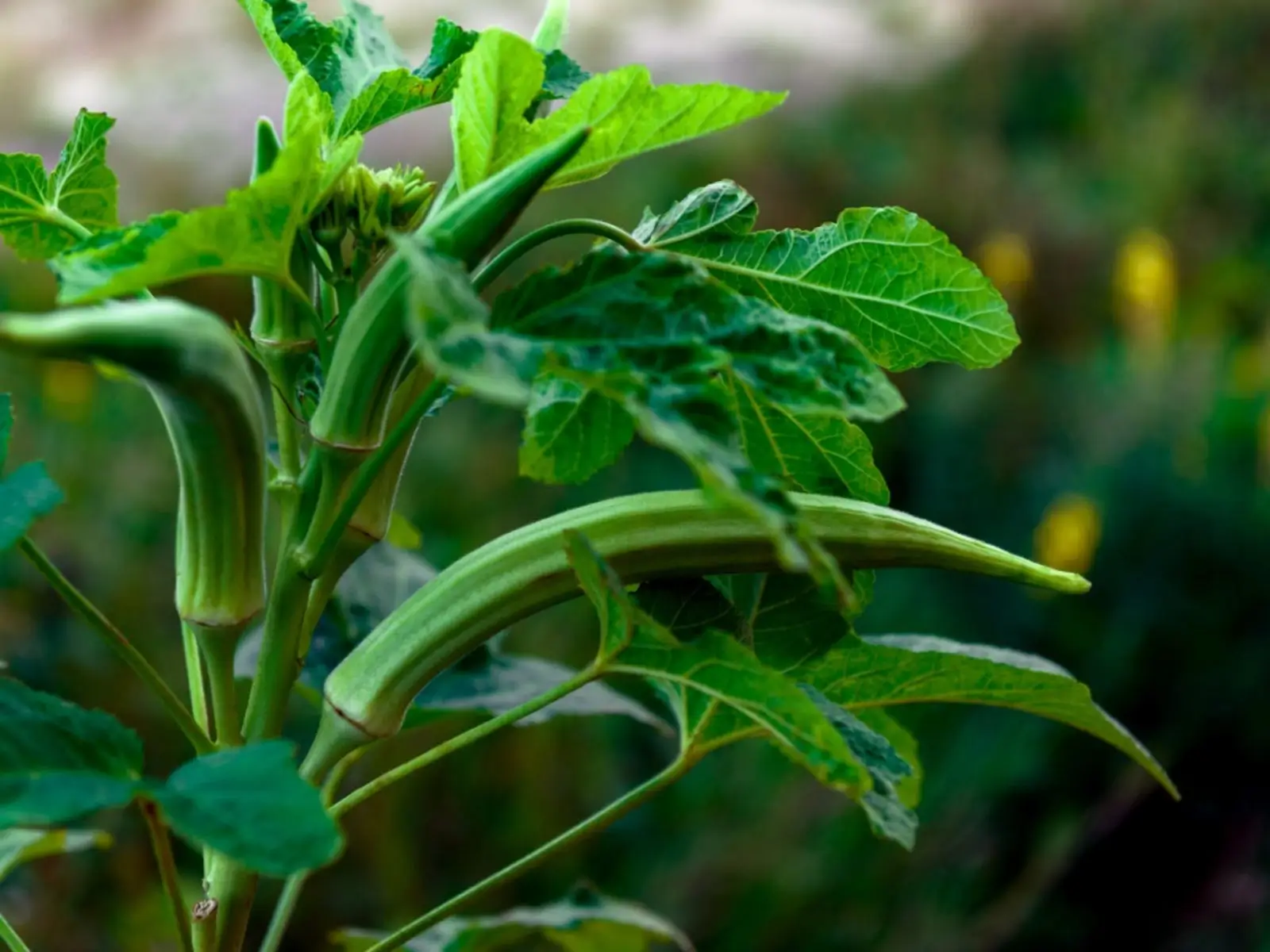
Okra
Okra (Abelmoschus esculentus) is a warm weather crop known for its tender young pods that are eaten in soups, stews, stir-fries, and more traditional meals all over the world.
Vanilla is unique among food plants because it is an orchid that grows as a vine, not a shrub or herb.
The vanilla bean plant is known for other reasons than just for cooking:
It can be difficult to grow vanilla outside of its native setting, but with the correct setup, people can:
Unlike other orchids, which are often grown from seed, vanilla must be cultivated from cuttings, and germinating the thick pods can be difficult. But the seeds have some traits of their own:
Vanilla seed-growth is notoriously challenging and often relies on symbiotic fungi to stimulate seed germination:
Vanilla can be propagated by various methods; however for the growers, cuttings are recommended as the most reliable and popular method.
1. Cuttings (Preferred Method)
2. Seed Propagation (Specialized)
3. Spacing: Vines should be spaced at least 6–8 feet apart to allow climbing and branching.
4. Time to Maturity: Vanilla plants need 3-4 years to flower and fruit.
Vanilla, while hardy in some respects, is susceptible to several issues:
The beans themselves require careful treatment after harvest:
The vanilla bean is not just a flavor — it is a botanical wonder, a cultural treasure, a frontier of science and a challenge to gardeners. One of the very few orchids that can be eaten, it blends exotic beauty with functionality. Growing vanilla does take patience, tropical conditions and hand pollination, but the reward of growing your own fragrant beans is incomparable.
The vanilla vine takes between 3 and 4 years to grow and produce flowers. The beans require 8–9 months to ripen after pollination.
Yes, but it needs a greenhouse or indoor setting that provides regulated heat and humidity and strong support.
Outside their ancestral homeland in Mexico, yes, as natural pollinators (Melipona bees) are lacking outside of Mexico.

Soil Health & Fertilization
Victor Miller

Pest Identification & Prevention
Victor Miller

Lawn Care Tips & Maintenance
Victor Miller

Soil Health & Fertilization
Victor Miller

Smart Irrigation Systems
Victor Miller

Patios, Walkways & Driveways
Victor Miller

Soil Health & Fertilization
Victor Miller

Pest Identification & Prevention
Victor Miller
My Account
Our team is always here to help.
We are open Monday - Friday, 9:00 AM to 4:30 PM PST.